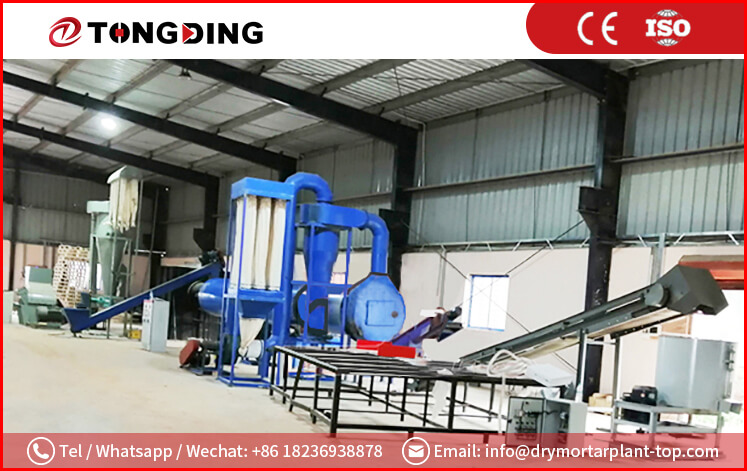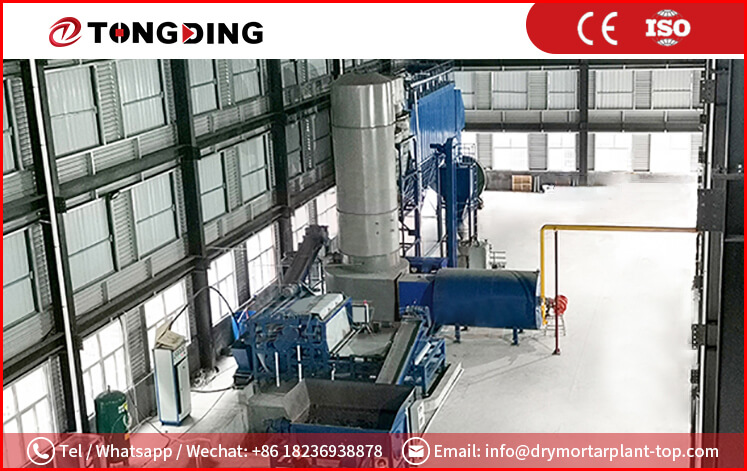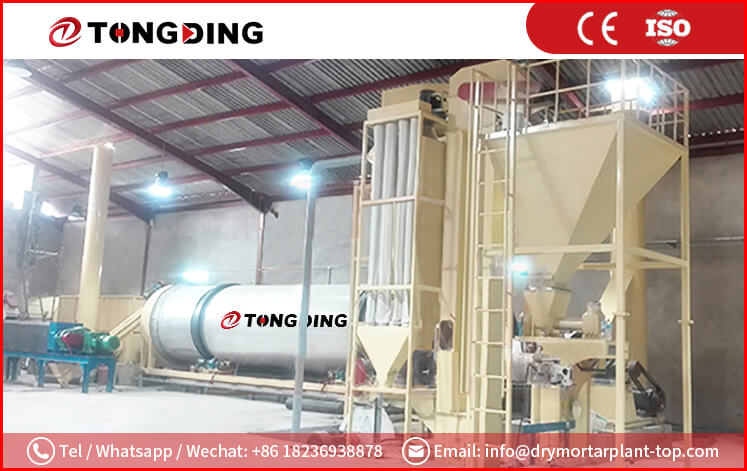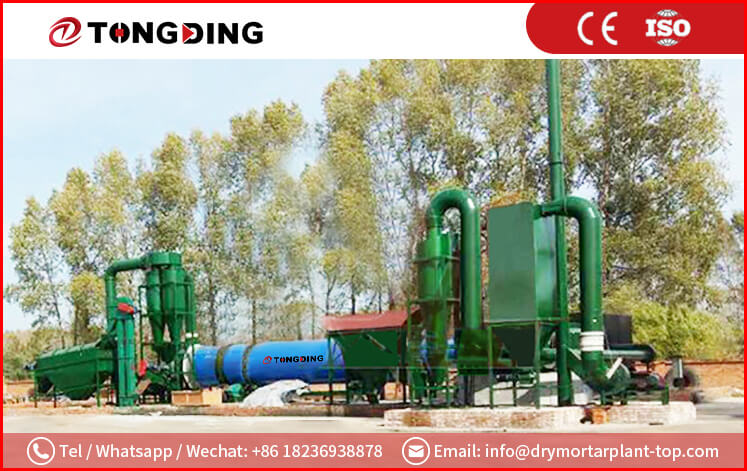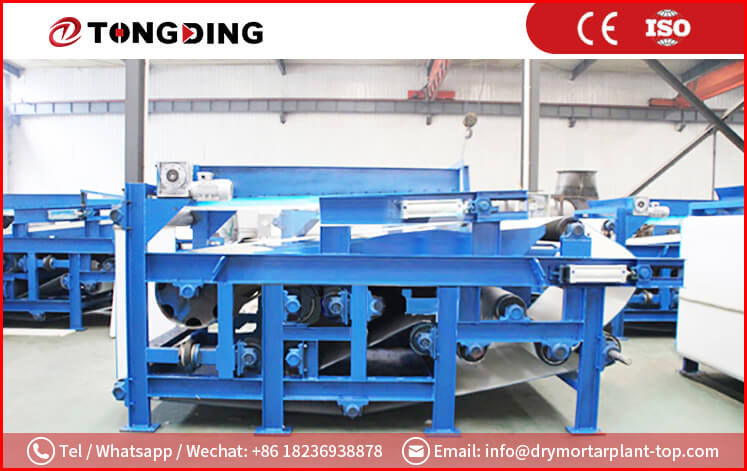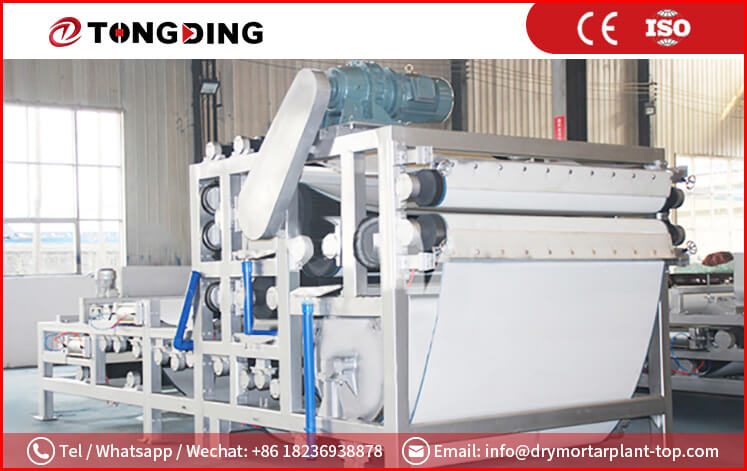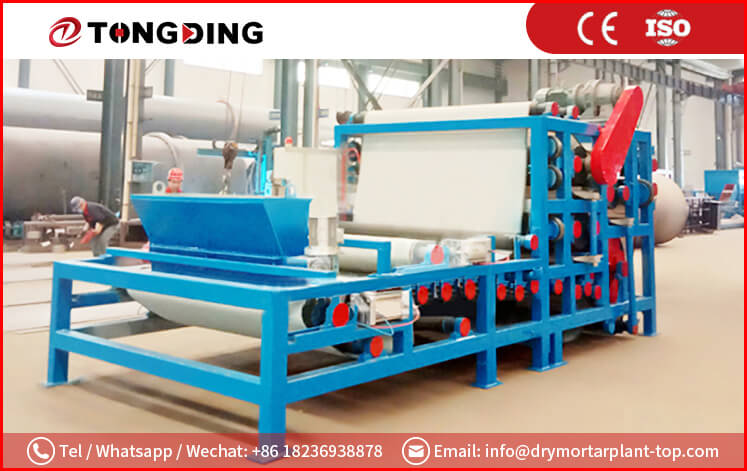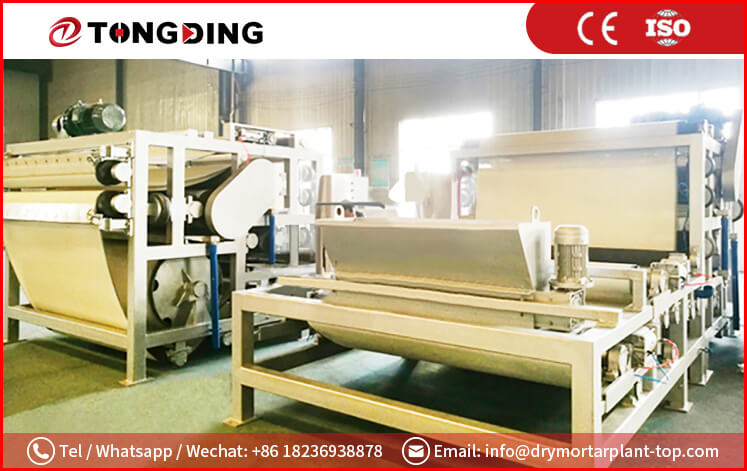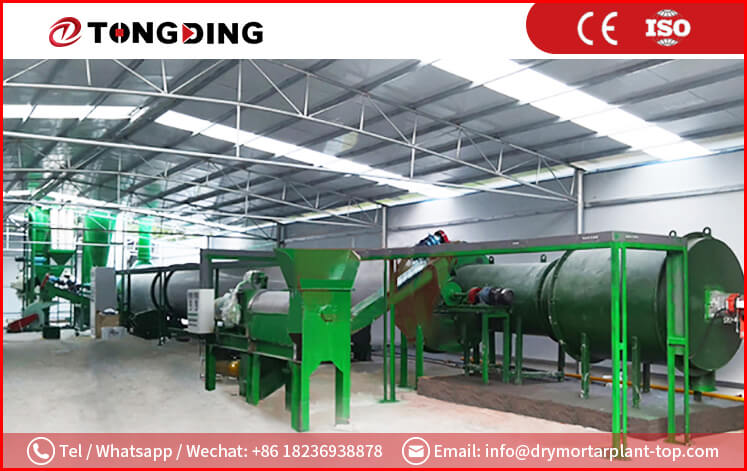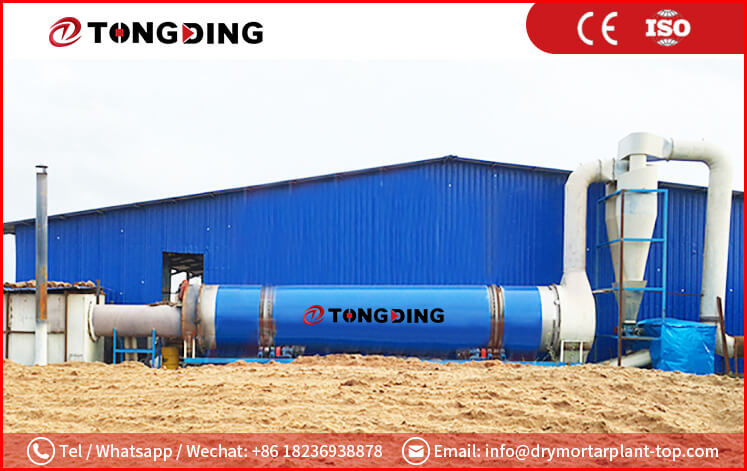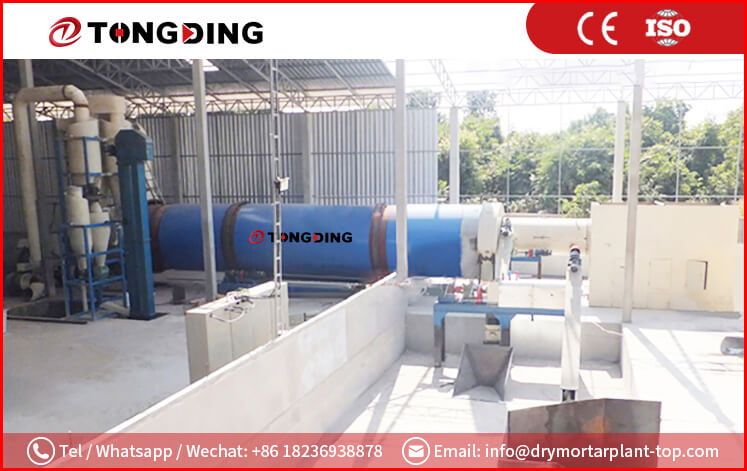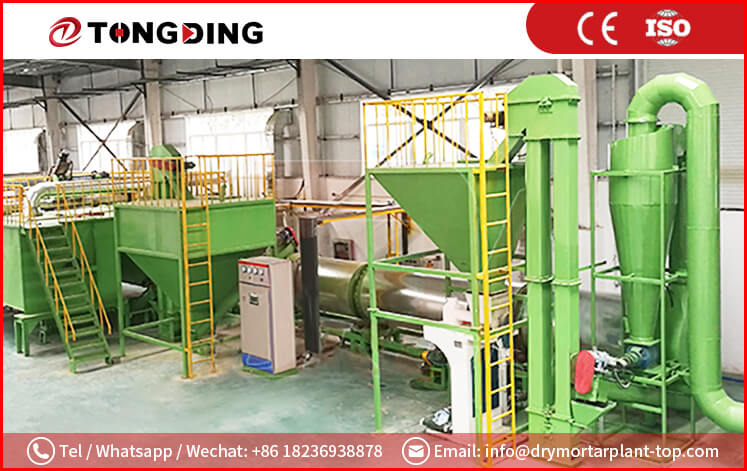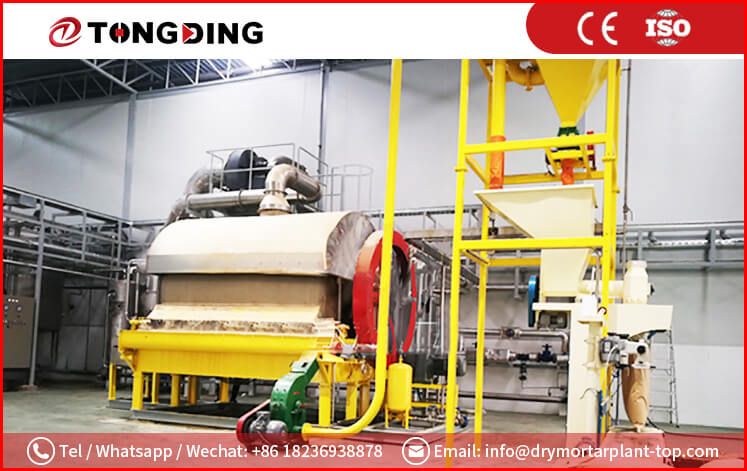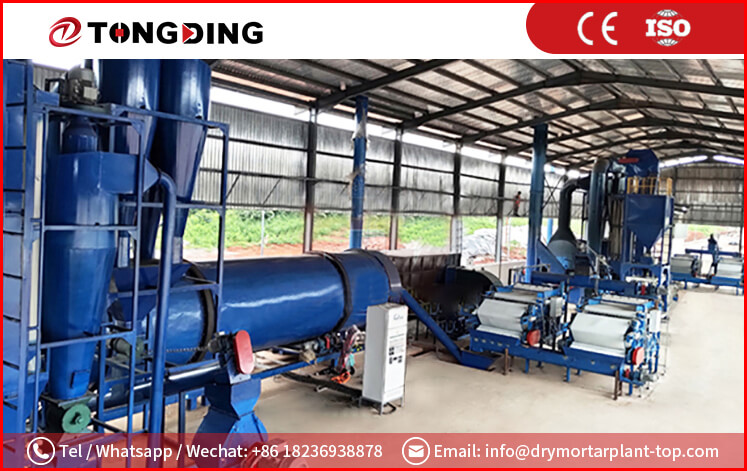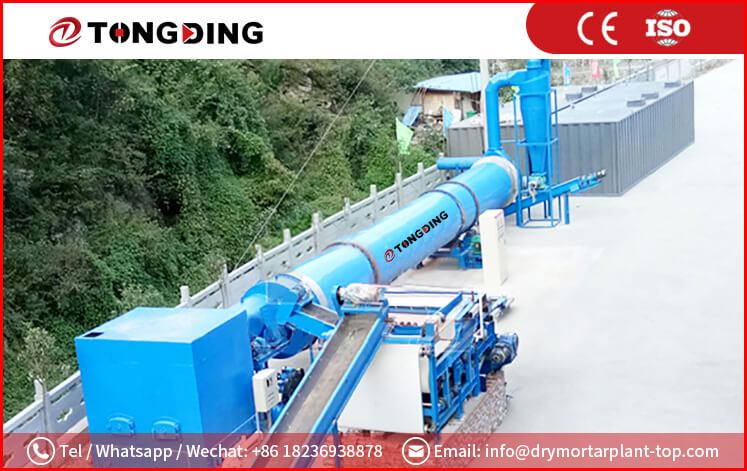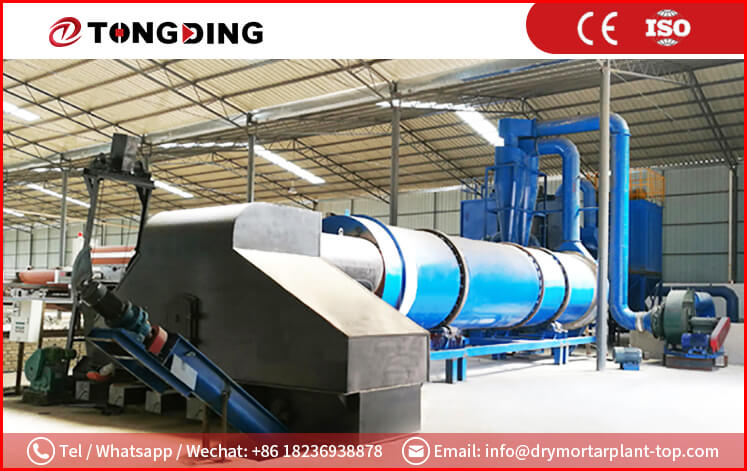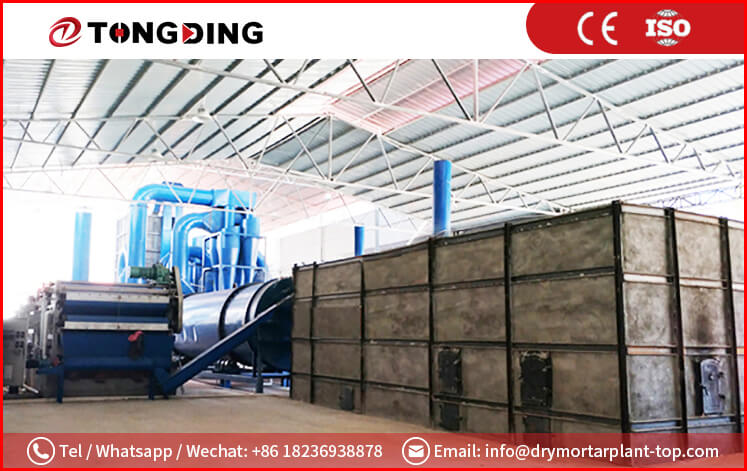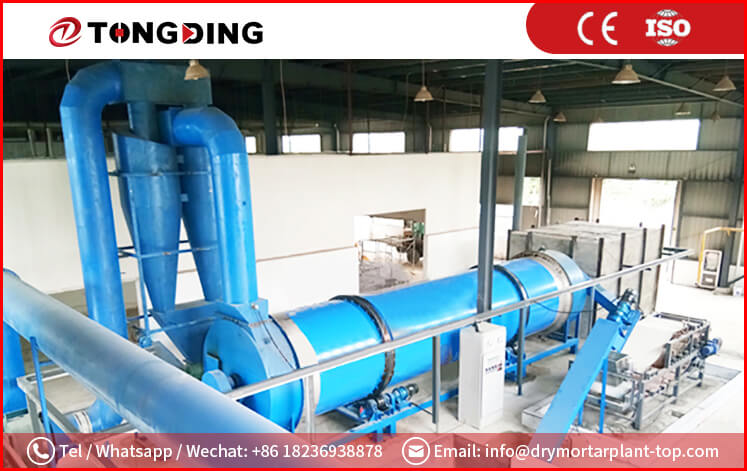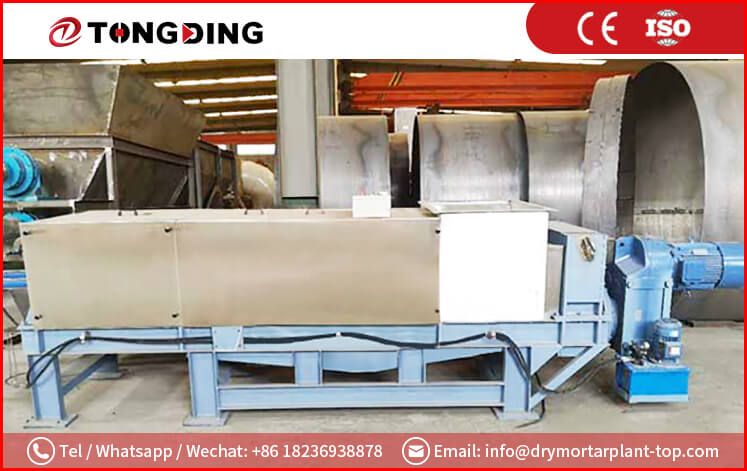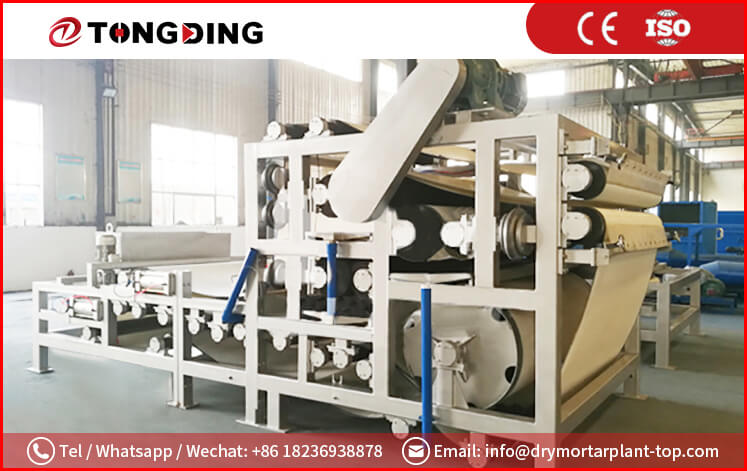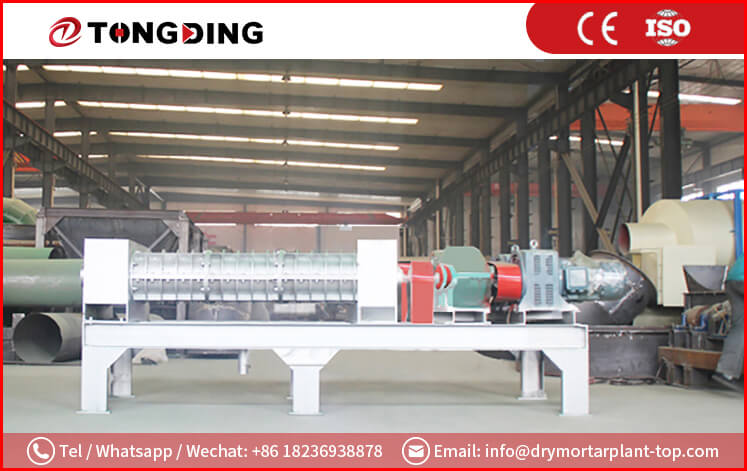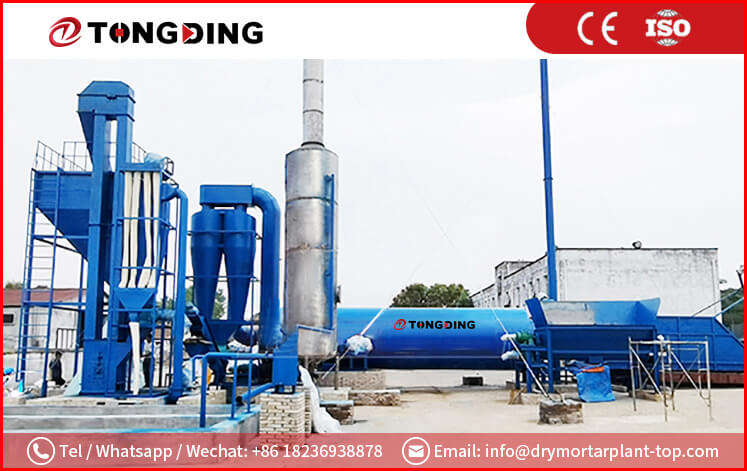
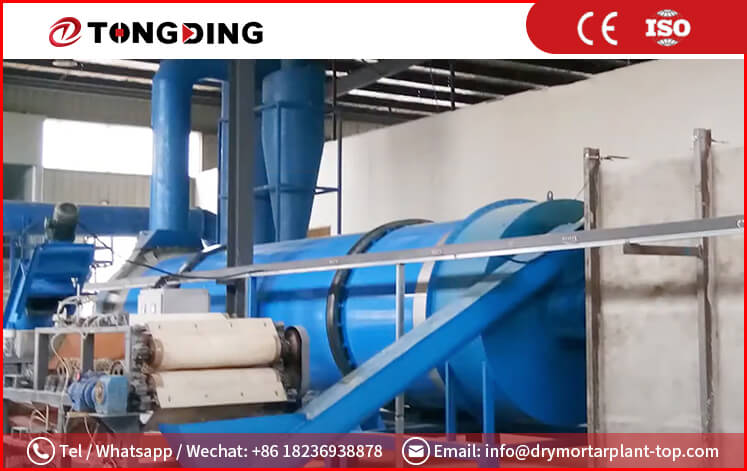
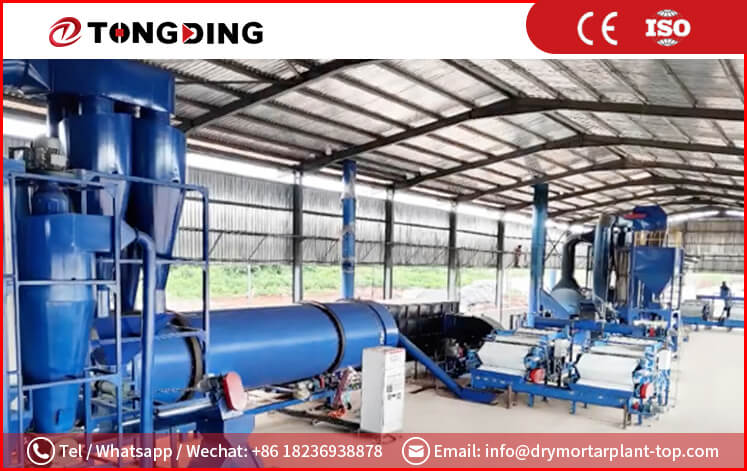
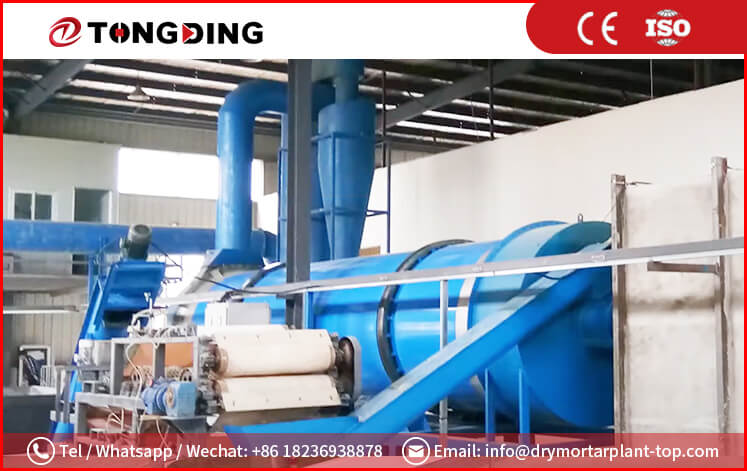




Оборудование для сушки зерна Distiller's
Производительность: 30-300 т/день
Источник тепла: подходит для биомассы, природного газа, дизельного топлива, угля и т. д.
Применение: Широко используется для сушки дробины, барды, барды и т.д.
ВНЕДРЕНИЕ ПРОДУКЦИИ
Зерно дистилляторов является побочным продуктом процесса дистилляции, полученным из различных зерен, включая кукурузу, рис и другие злаки. Напротив, пивоваренная дробина обычно относится конкретно к побочному продукту ячменя, полученному в результате пивоварения. У этого зерна есть два основных источника: традиционные пивовары и, в последнее время, заводы по производству биотоплива этанола.
Для создания спиртовых напитков брагу сушат на винокурнях, а затем продают для самых разных целей, в том числе на корм скоту. Он особенно популярен в качестве корма с высоким содержанием белка для жвачных животных и, как известно, повышает эффективность и снижает риск подострого ацидоза у мясного скота. В частности, в производстве этанола широко распространена барда на основе кукурузы.
При производстве пива или виски зерна, такие как кукуруза, подвергаются процессу затирания, в ходе которого они измельчаются и добавляются в горячую воду. Крахмал в зернах с помощью ферментов превращается в сахар, а вода удаляется для производства сусла для пивоварения. Оставшееся зерно, известное как «отработанное зерно» из-за удаления простых сахаров и крахмала, затем продается как побочный продукт.
Справочник по макету

ПРИНЦИП РАБОТЫ
Для достижения последующей сушки шнековый конвейер с осадком 60-65% направляется в сушилку смесительного барабана. Структура копировальной доски обеспечивает тщательное перемешивание и диспергирование, обеспечивая полный теплообмен между материалом и горячим воздухом, в результате чего влага быстро испаряется и испаряется, позволяя материалу достичь желаемого эффекта сушки. воздуха, в то время как влажный материал, еще не достигший требуемой степени сухости, не может быстро перемещаться из-за собственного веса.Процесс сушки завершается, когда материал достигает требуемой степени сухости и выгружается винтовым конвейером.
Устройство ударной очистки установлено внутри барабана, чтобы предотвратить прилипание материала к стенке барабана.Поток газа идет по следующему пути: воздух сжимается воздуходувкой воздухонагревателя, а затем нагревается за счет сгорания, достигая температуры 600-950℃. Затем он всасывается в сушилку с помощью вытяжного вентилятора для сушки материала и испарения влаги.После трехслойного теплообмена температура воздуха снижается до 55-60 ℃ перед выпуском из сушилки.Любая содержащая пыль влага собирается циклонным пылеуловителем, а мокрый пылеуловитель очищает и выбрасывает пыль до стандарта.
Параметр
|
модель |
Вход (т/ч) |
Производительность (т/ч) |
Испарительная способность (т/ч) |
Общая мощность (кВт) |
Общий вес (кг) |
Площадь завода (м²) |
Начальная влажность (%) |
Конечная влажность (%) |
Температура сушки (℃) |
|
TDFPS04 |
0.85 |
0.4 |
0.45 |
34 |
22000 |
5m*15m |
60±5% |
15% (Регулируемый) |
350±30 |
|
TDFPS075 |
1.6 |
0.75 |
0.85 |
45 |
28000 |
6m*22m |
|||
|
TDFPS136 |
2.89 |
1.36 |
1.53 |
78 |
40000 |
8m*16m |
|||
|
TDFPS173 |
3.68 |
1.73 |
1.95 |
90 |
45000 |
8m*18m |
|||
|
TDFPS189 |
4.02 |
1.89 |
2.13 |
105 |
50000 |
8m*20m |
|||
|
TDFPS233 |
4.95 |
2.33 |
2.62 |
125 |
60000 |
10m*20m |
|||
|
TDFPS275 |
5.84 |
2.75 |
3.09 |
140 |
68000 |
10m*24m |
|||
|
TDFPS318 |
6.75 |
3.18 |
3.57 |
155 |
76000 |
10m*24m |
Hot Products:
Inquiry
Please Feel free to give your inquiry in the form below. We will reply you in 24 hours.



